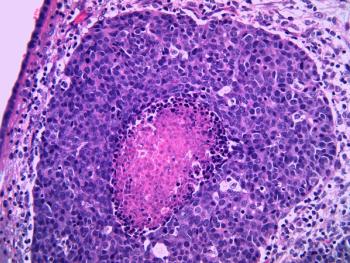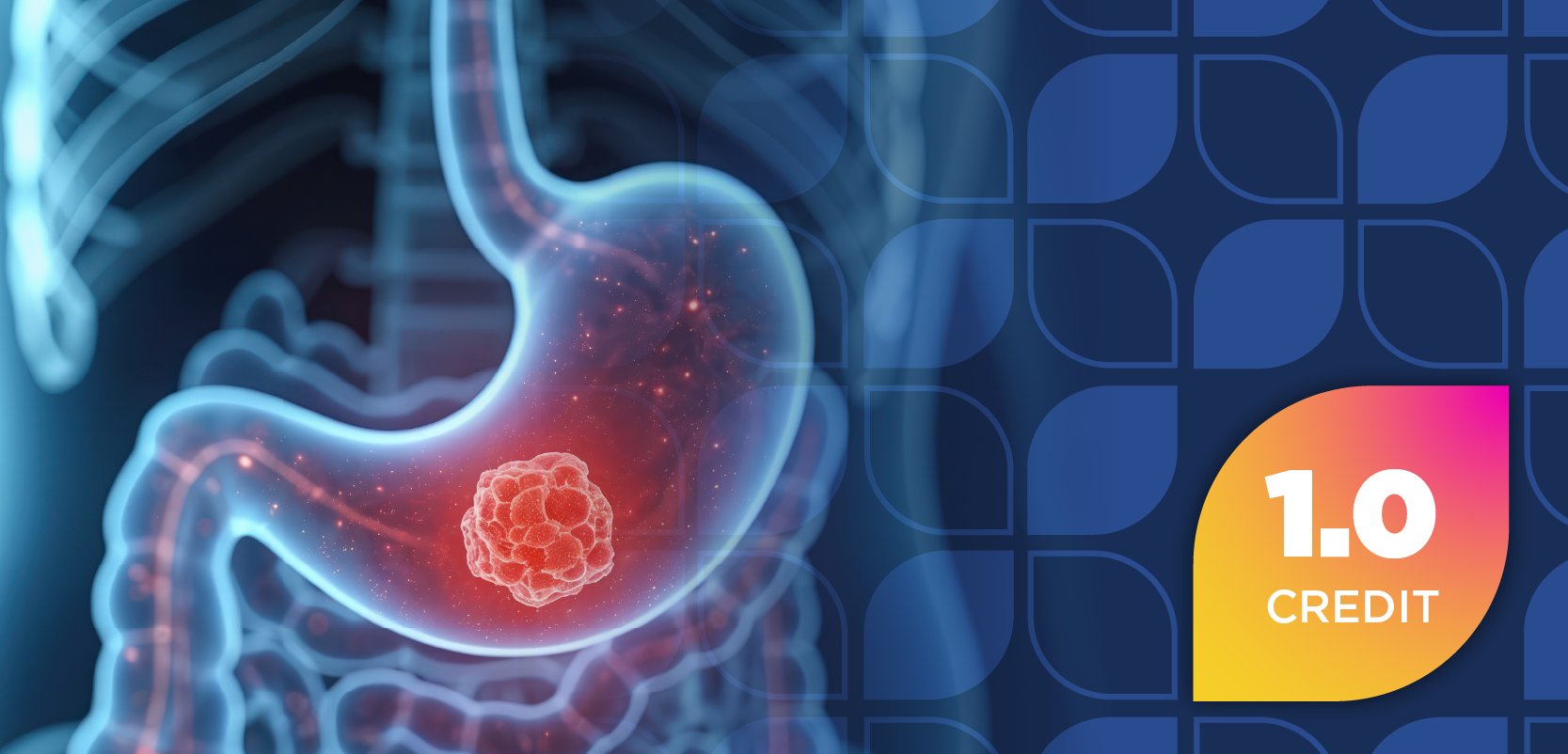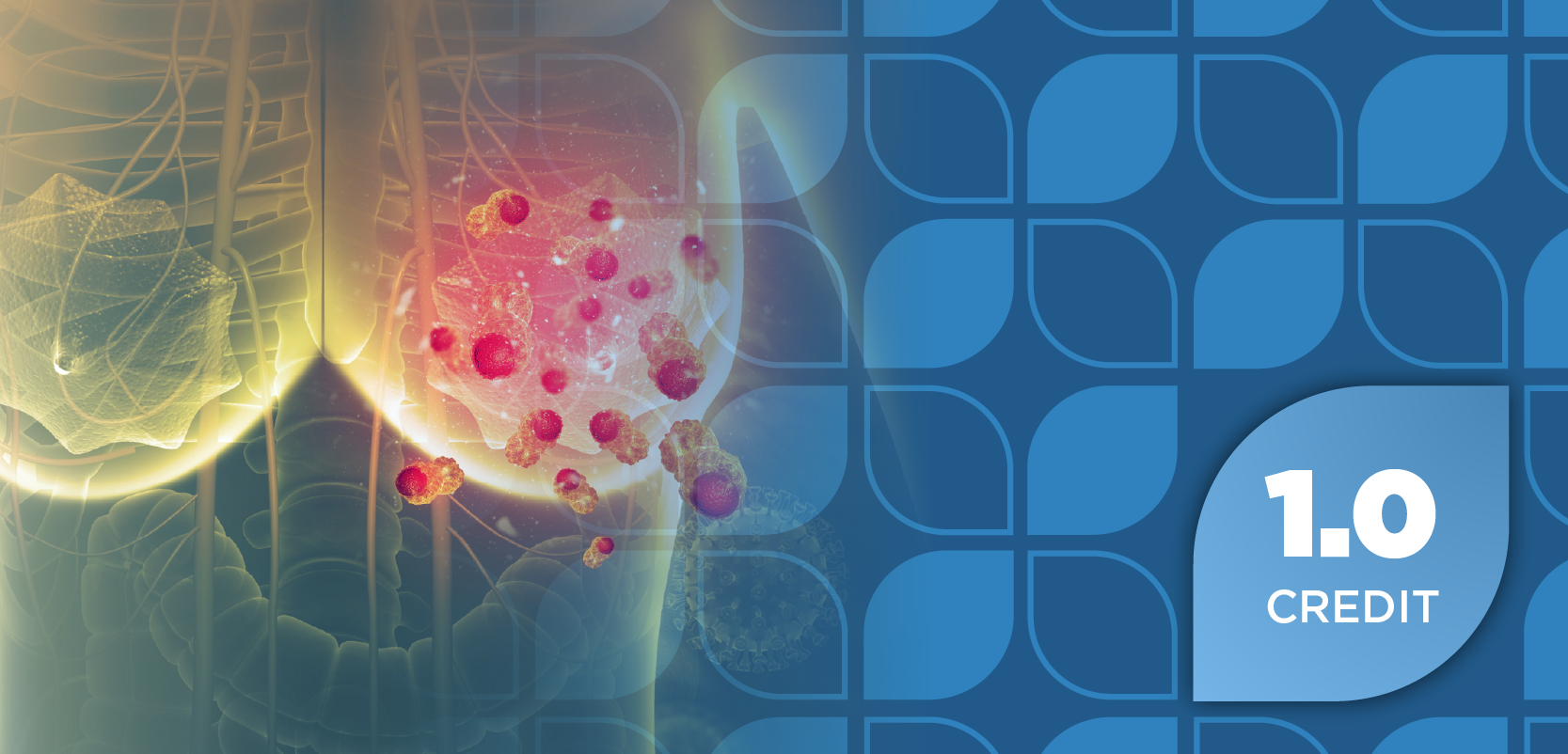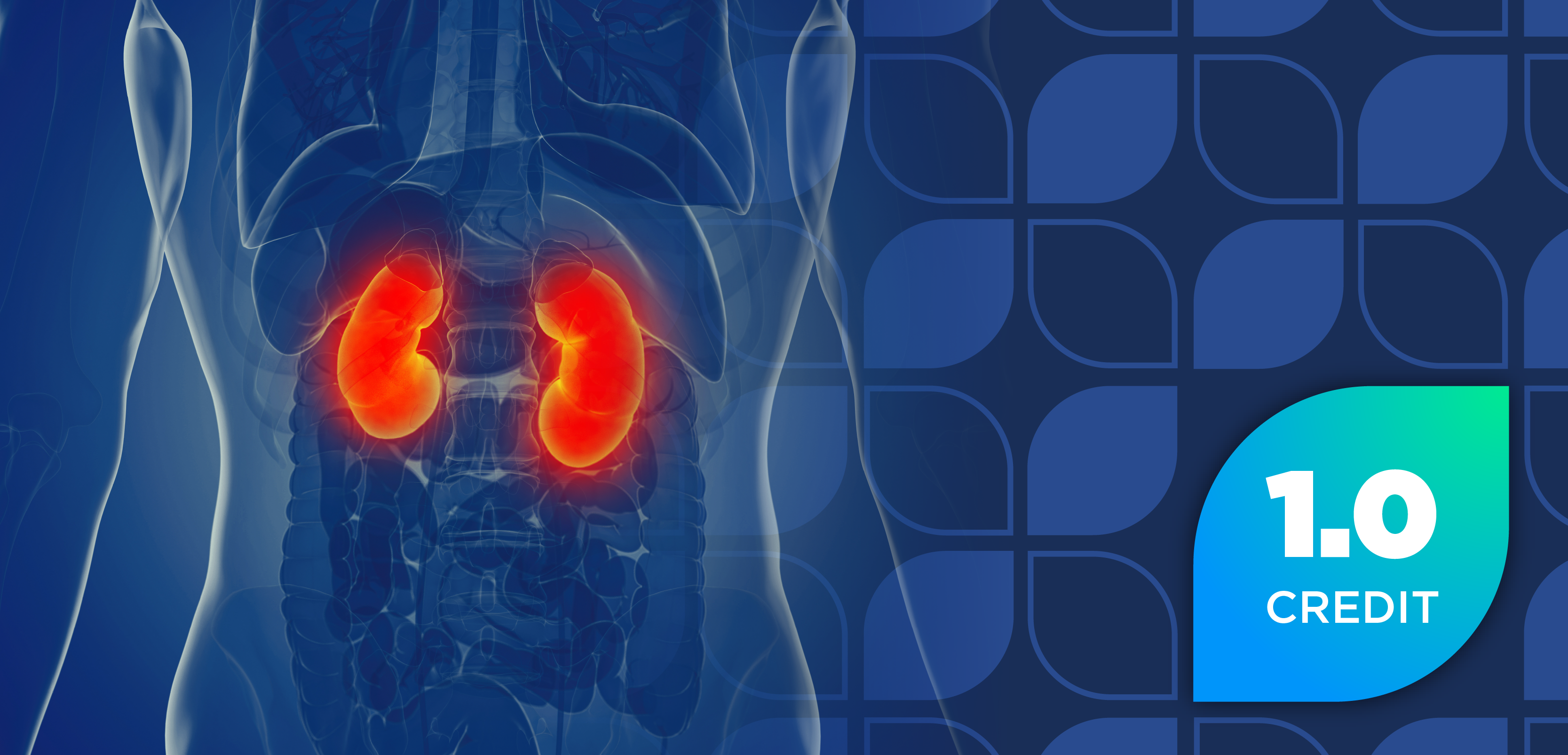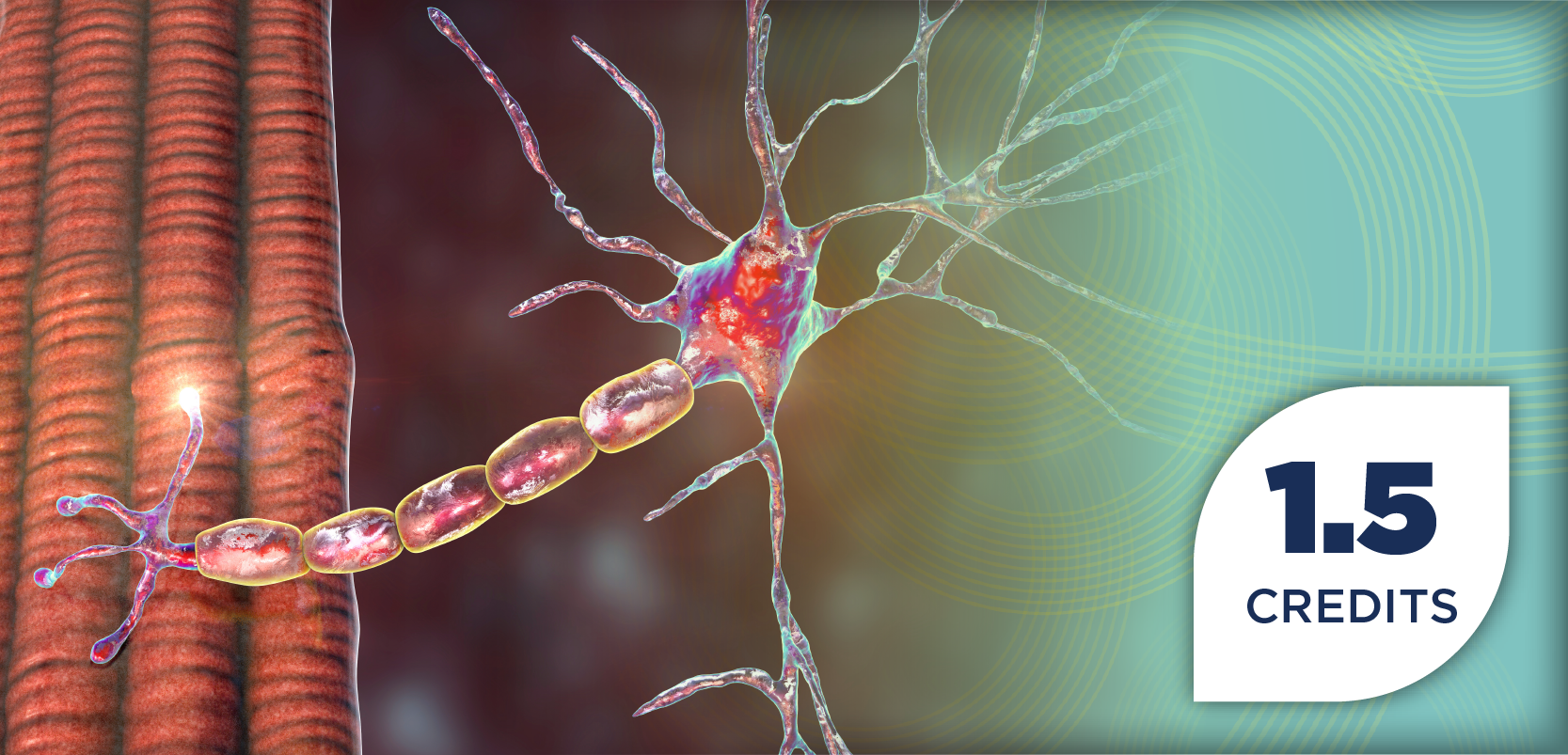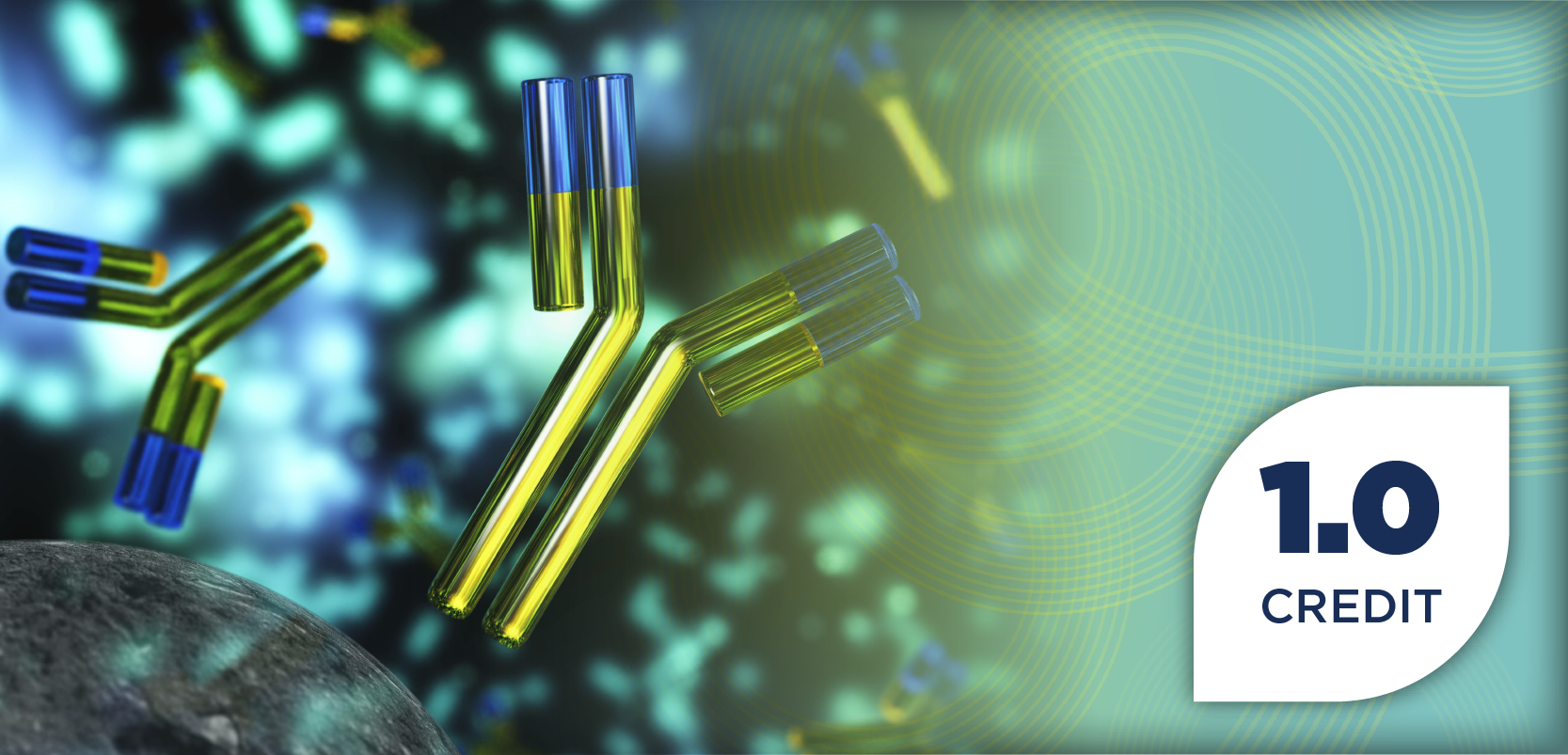Introduction
Ovarian cancer is the second most common gynecological cancer among American women, accounting for the most cancer-related deaths of the female reproductive system.1 It is estimated that nearly 20,000 women in the United States will receive a new diagnosis of ovarian cancer in 2023. The overall rate of 5-year relative survival remains under 50%, with approximately half of all patients diagnosed being 63 years of age and older.2
The symptoms of ovarian cancer present vaguely, making diagnosis challenging. Traditional chemotherapy treatment for ovarian cancer consists of a platinum compound, either cisplatin or carboplatin, plus a taxane.
Paclitaxel (Taxol) is the most used medication of this class for this indication.3,4 This drug course is administered every 3-4 weeks for 3-6 cycles of treatment, depending on the stage and type of ovarian cancer.5,6
Unfortunately, patients with late-stage ovarian cancer develop chemotherapy resistance, worsening their prognosis. Recent studies have investigated the effects of curcumin (diferuloylmethane), a yellow polyphenol derived from turmeric (Curcuma longa L.), with the objective of enhancing the anticancer mechanisms of chemotherapeutics.7,8
Diagnosis
After a pelvic examination, there are 2 methods utilized for ovarian cancer diagnosis, the first of which is a transvaginal ultrasound. This diagnostic technique remains an integral component of virtually every ovarian cancer screening algorithm, whether utilized for initial diagnosis or as a secondary test in patients having elevated biomarkers. An ultrasound wand is inserted into the vagina to generate ovarian images for detecting changes in organ morphology.9
The second diagnostic test performed is CA-125, the classical ovarian cancer biomarker.10 This antigen is not solely recommended in ovarian cancer screening.
This is because there are other conditions, such as endometriosis and pelvic inflammatory disease, that can present with high levels of this protein.11 Although CA-125 is not sufficiently reliable in the diagnosis of early-stage ovarian cancer, it is a valuable indicator for evaluating chemotherapeutic efficacy and prognosis.12
Typically, in patients with high levels of CA-125 and a diagnosis of ovarian cancer, the protein level will decrease during treatment, which is a strong indicator that the patient is responding to the drug regimen. The US Preventive Services Task Force (USPSTF) recommends against screening for ovarian cancer in asymptomatic patients and those not known to have a high-risk hereditary cancer syndrome, such as Lynch Syndrome, a BRCA mutation, or family history of breast and ovarian cancer.13 Screening in low-risk individuals results in a high rate of false-positives, oftentimes resulting in unnecessary surgical procedures in patients not having cancer.13
Following a confirmed diagnosis, ovarian cancer is managed with a combination of surgery and chemotherapy, with surgery performed either before—called upfront or primary debulking surgery—or around the mid‐point of chemotherapy—called interval debulking surgery.14 The goal of this type of surgery is to remove as much of the visible (macroscopic) cancer tissue as possible, hence the name, debulking or cytoreduction.14
Drug Therapy
First-line chemotherapy for ovarian cancer is a platinum-containing agent plus a taxane. This regimen is administered either intravenously (IV) or through a combination of both IV and intraperitoneal (IP) route every 3 weeks for 6 cycles.15
Carboplatin is the preferred alkylating agent as it has a similar efficacy, with fewer renal and gastrointestinal effects than cisplatin.16 Paclitaxel is the most studied antimicrotubular and is used for ovarian cancer treatment. It has less myelosuppression than the other drug in its class, docetaxel.17 However, docetaxel is associated with a lower risk for neuropathy than paclitaxel and can be used as the alternative taxane drug.17
The antiangiogenic bevacizumab (Avastin) has been observed to act synergistically with carboplatin and paclitaxel. Therefore, it used for the management of stage III or IV epithelial ovarian, fallopian tube, or primary peritoneal cancer following surgery (in combination with carboplatin and paclitaxel, followed by single-agent bevacizumab).
Pharmacy Times: Call for Papers
Pharmacy Times Oncology EditionTM and Pharmacy Times Health-System EditionTM are seeking to expand our current coverage offerings to include peer reviewed research on clinical topics and treatment of different disease states.
The publications are seeking to focus on a wide range of therapeutic categories in the oncology and health-system pharmacy space to educate readers and translate innovative clinical discoveries into improved health outcomes for patients. This new focus on clinical research seeks to accelerate adaptation of new therapeutics, techniques, and technologies from the publication’s pages to the clinical setting.
The clinical manuscripts sought will examine different treatments for and management of the different disease states and pharmacologic interventions. Of particular interest are papers that highlight the role of the pharmacist within the overall health care team and provide insight into the impact pharmacists have on patient outcomes. These submissions will be peer-reviewed and published in upcoming editions of Pharmacy Times Oncology Edition and Pharmacy Times Health-System Edition.
Some clinical topics of interest include:
- Antimicrobial Stewardship
- HIV and Pre-exposure Prophylaxis
To send in research paper submissions or if you have any questions, please email Davy James (djames@pharmacytimes.com) or Alana Hippensteele (ahippensteele@mjhlifesciences.com).
In 2018, bevacizumab received approval in the frontline, platinum-sensitive recurrent and platinum-resistant recurrent settings for the management of epithelial ovarian cancer.18 The adverse effects (AEs) of this vascular endothelial growth factor (VEGF) inhibitor include hypertension and proteinuria.
The poly (adenosine diphosphate–ribose) polymerase (PARP) inhibitor, olaparib (Lynparza) is approved for maintenance treatment in patients with platinum-sensitive relapsed ovarian cancer who had a response to their most recent platinum-based regimen, regardless of BRCA mutation status.19 In 2014, this inhibitor of DNA repair was approved for patients with advanced ovarian cancer and a deleterious or suspected deleterious germline BRCA mutation.
These patients were previously treated with 3 or more lines of chemotherapy, regardless of sensitivity to platinum-based therapy.19 Olaparib received an expanded indication in 2020. The drug can be used as maintenance therapy in combination with bevacizumab for first-line maintenance treatment of advanced ovarian cancer.20
Curcumin combined therapy
Although chemotherapy remains the primary approved therapeutic approach in the treatment of ovarian cancer, it is limited by AEs, reduced response rate, and a high prevalence of relapse.21 Curcumin is a natural phenolic compound, used in Ayurveda and Chinese medicine.
This relative of turmeric possesses diverse therapeutic properties, such as anti-inflammatory, analgesic, antitumor, and antioxidant.21 For the management of ovarian cancer, it has been observed in both cellular and animal models that curcumin suppresses cell proliferation and promotes apoptosis.22
Furthermore, curcumin when combined with chemotherapy is more likely to enhance the synergistic effect of cancer cells to drug therapy.23 The addition of this phytochemical to current ovarian cancer chemotherapeutics may enhance drug cytotoxicity, while reversing multiple drug resistance, with nano-formulations of curcumin developed to increase the bioavailability of this natural product.24 The administration of cisplatin and nanocurcumin in a rat model resulted in a significant reduction in ovarian tumor volume and weight, while downregulating signaling pathways, and reducing cellular viability.24
A more recent study investigated the synergistic effects of curcumin and paclitaxel at reducing proliferation and promoting apoptosis in ovarian cancer cells.8 The cytotoxic effects of curcumin were reported to be a result of its regulation of miR-9 expression, with miR-9 known to regulate the gene expression of BRCA1.8
Recently, the first comparative clinical study was performed that evaluated curcumin’s effect in patients with breast cancer. Curcumin in combination with paclitaxel was superior to the paclitaxel-placebo combination after 12 weeks of treatment. In addition, IV-administered curcumin caused no major safety issues or reduced quality of life.25
Prevention
Currently, there is no specific method for the prevention of ovarian cancer. Studies have observed that oral contraceptives used for 5 or more years, giving birth, or breast feeding for at least 1 year may reduce the risk.26,27
Tubal ligation and a hysterectomy may provide some benefit.28 Patients should discuss with their physician the most suitable option, with consideration to risks and benefits.
Conclusion
Ovarian cancer currently is the fifth leading cause of cancer-related deaths among women in the United States. The symptoms of this disease are vague and nonspecific, with no screening test presently available.
Treatment after final diagnosis is challenging, with surgery and chemotherapy remaining the main treatment options. As for the future of ovarian chemotherapy development, research continues to evaluate the most efficacious therapeutics, affording minimal toxicity to the patient.
Further studies are required to evaluate the use of curcumin as an adjunctive therapeutic option to currently approved chemotherapy.
References
1. Ovarian cancer statistics (2022) Centers for Disease Control and Prevention. Centers for Disease Control and Prevention. Available at https://www.cdc.gov/cancer/ovarian/statistics/index.htm. Accessed March 13, 2023.
2. Ovarian cancer statistics: How common is ovarian cancer (no date) Ovarian Cancer Statistics. Available at https://www.cancer.org/cancer/ovarian-cancer/about/key-statistics.html. Accessed March 13, 2023.
3. Ho GY, Woodward N, Coward JI. Cisplatin versus carboplatin: comparative review of therapeutic management in solid malignancies. Crit Rev Oncol Hematol. 2016; 102:37–46
4. Baird RD, Tan DS, Kaye SB. Weekly paclitaxel in the treatment of recurrent ovarian cancer. Nat Rev Clin Oncol. 2010;7(10):575-582. Doi:10.1038/nrclinonc.2010.120
5. Chan JK, Brady MF, Penson RT, et al. Weekly vs. Every-3-Week Paclitaxel and Carboplatin for Ovarian Cancer. N Engl J Med. 2016;374(8):738-748. Doi:10.1056/NEJMoa1505067
6. Zhang D, Kanakkanthara A. Beyond the Paclitaxel and Vinca Alkaloids: Next Generation of Plant-Derived Microtubule-Targeting Agents with Potential Anticancer Activity. Cancers. 2020; 12(7):1721. https://doi.org/10.3390/cancers12071721
7. Calaf GM, Ponce-Cusi R, Carrión F. Curcumin and paclitaxel induce cell death in breast cancer cell lines. Oncol Rep. 2018;40(4):2381-2388. doi:10.3892/or.2018.6603
8. Liu Y, Shen Z, Zhu T, Lu W, Fu Y. Curcumin enhances the anti-cancer efficacy of paclitaxel in ovarian cancer by regulating the miR-9-5p/BRCA1 axis. Front Pharmacol. 2023; 13:1014933. Published 2023 Jan 10. doi:10.3389/fphar.2022.1014933
9. van Nagell JR Jr, Hoff JT. Transvaginal ultrasonography in ovarian cancer screening: current perspectives. Int J Womens Health. 2013; 6:25-33. Published 2013 Dec 20. doi:10.2147/IJWH.S38347
10. Bonifácio VDB. Ovarian Cancer Biomarkers: Moving Forward in Early Detection. Adv Exp Med Biol. 2020; 1219:355-363. doi:10.1007/978-3-030-34025-4_18
11. Karimi-Zarchi M, Dehshiri-Zadeh N, Sekhavat L, Nosouhi F. Correlation of CA-125 serum level and clinico-pathological characteristic of patients with endometriosis. Int J Reprod Biomed. 2016;14(11):713-718.
12. Zhang M, Cheng S, Jin Y, Zhao Y, Wang Y. Roles of CA125 in diagnosis, prediction, and oncogenesis of ovarian cancer. Biochim Biophys Acta Rev Cancer. 2021;1875(2):188503. doi: 10.1016/j.bbcan.2021.188503
13. US Preventive Services Task Force. Screening for Ovarian Cancer: US Preventive Services Task Force Recommendation Statement. JAMA. 2018;319(6):588–594. doi:10.1001/jama.2017.21926
14. Bryant A, Hiu S, Kunonga PT, et al. Impact of residual disease as a prognostic factor for survival in women with advanced epithelial ovarian cancer after primary surgery. Cochrane Database Syst Rev. 2022;9(9):CD015048. Published 2022 Sep 26. doi: 10.1002/14651858.CD015048.pub2.
15. Kyrgiou M, Salanti G, Pavlidis N, Paraskevaidis E, Ioannidis JP. Survival benefits with diverse chemotherapy regimens for ovarian cancer: meta-analysis of multiple treatments. J Natl Cancer Inst. 2006;98(22):1655-1663. doi:10.1093/jnci/djj443.
16. Ozols RF, Bundy BN, Greer BE, et al. Phase III trial of carboplatin and paclitaxel compared with cisplatin and paclitaxel in patients with optimally resected stage III ovarian cancer: a Gynecologic Oncology Group study. J Clin Oncol. 2003;21(17):3194-3200. doi:10.1200/JCO.2003.02.153.
17. Hsu Y, Sood AK, Sorosky JI. Docetaxel versus paclitaxel for adjuvant treatment of ovarian cancer: case-control analysis of toxicity. Am J Clin Oncol. 2004;27(1):14-18. doi: 10.1097/01.coc.0000045849.95834.6b
18. Haunschild CE, Tewari KS. Bevacizumab use in the frontline, maintenance, and recurrent settings for ovarian cancer. Future Oncol. 2020;16(7):225-246. doi:10.2217/fon-2019-0042
19. Moore K, Colombo N, Scambia G, et al. Maintenance Olaparib in Patients with Newly Diagnosed Advanced Ovarian Cancer. N Engl J Med. 2018;379(26):2495-2505. doi:10.1056/NEJMoa1810858
20. Arora S, Balasubramaniam S, Zhang H, et al. FDA Approval Summary: Olaparib Monotherapy or in Combination with Bevacizumab for the Maintenance Treatment of Patients with Advanced Ovarian Cancer. Oncologist. 2021;26(1):e164-e172. doi:10.1002/onco.13551
21. Mohamadian M, Bahrami A, Moradi Binabaj M, Asgharzadeh F, Ferns GA. Molecular Targets of Curcumin and Its Therapeutic Potential for Ovarian Cancer. Nutr Cancer. 2022;74(8):2713-2730. doi:10.1080/01635581.2022.2049321
22. Sun S, Fang H. Curcumin inhibits ovarian cancer progression by regulating circ-PLEKHM3/miR-320a/SMG1 axis. J Ovarian Res. 2021;14(1):158. Published 2021 Nov 16. doi:10.1186/s13048-021-00916-8.
23. Tan BL, Norhaizan ME. Curcumin Combination Chemotherapy: The Implication and Efficacy in Cancer. Molecules. 2019;24(14):2527. Published 2019 Jul 10. doi:10.3390/molecules24142527.
24. Sandhiutami NMD, Arozal W, Louisa M, Rahmat D, Wuyung PE. Curcumin Nanoparticle Enhances the Anticancer Effect of Cisplatin by Inhibiting PI3K/AKT and JAK/STAT3 Pathway in Rat Ovarian Carcinoma Induced by DMBA. Front Pharmacol. 2021; 11:603235. Published 2021 Jan 18. doi:10.3389/fphar.2020.603235
25. Saghatelyan T, Tananyan A, Janoyan N, et al. Efficacy and safety of curcumin in combination with paclitaxel in patients with advanced, metastatic breast cancer: A comparative, randomized, double-blind, placebo-controlled clinical trial [published online ahead of print, 2020 Apr 18]. Phytomedicine. 2020; 70:153218. doi: 10.1016/j.phymed.2020.153218
26. Wu AH, Pearce CL, Lee AW, et al. Timing of births and oral contraceptive use influences ovarian cancer risk. Int J Cancer. 2017;141(12):2392-2399. doi:10.1002/ijc.30910.
27. Babic A, Sasamoto N, Rosner BA, et al. Association Between Breastfeeding and Ovarian Cancer Risk. JAMA Oncol. 2020;6(6): e 200421. doi:10.1001/jamaoncol.2020.0421
28. Rice, M.S., Murphy, M.A. & Tworoger, S.S. Tubal ligation, hysterectomy, and ovarian cancer: A meta-analysis. J Ovarian Res 5, 13 (2012). https://doi.org/10.1186/1757-2215-5-13
About the Authors
Rebecca Mathew and Christine Philipose are PharmD candidates (Class of 2024) in the College of Pharmacy and Health Sciences at St. John’s University, Queens, New York.
Maria A. Pino is an associate professor of Pharmacology at New York Institute of Technology College of Osteopathic Medicine (NYIT-COM) Old Westbury, New York, and Adjunct Assistant Professor in the College of Pharmacy and Health Sciences at St. John’s University, Queens, New York.

